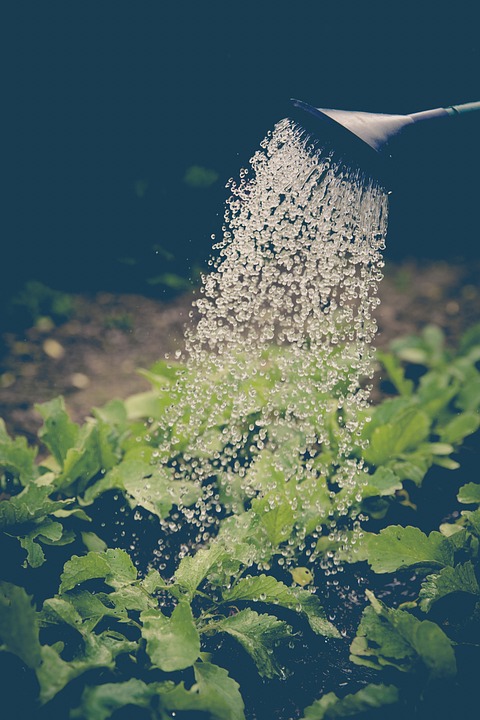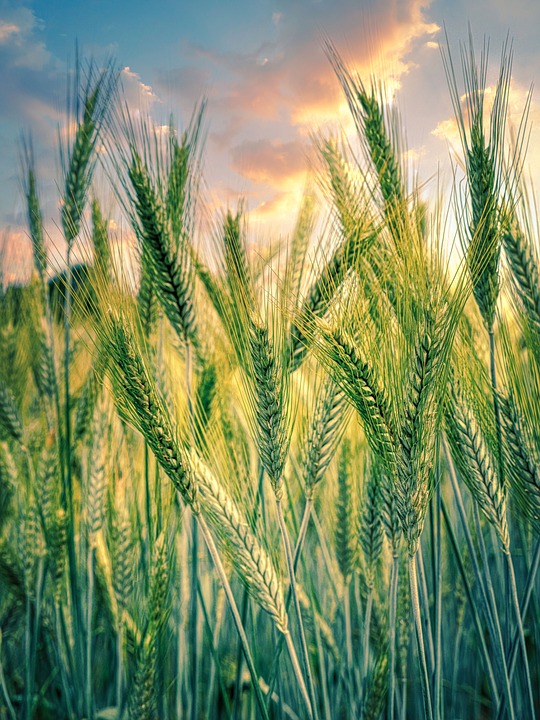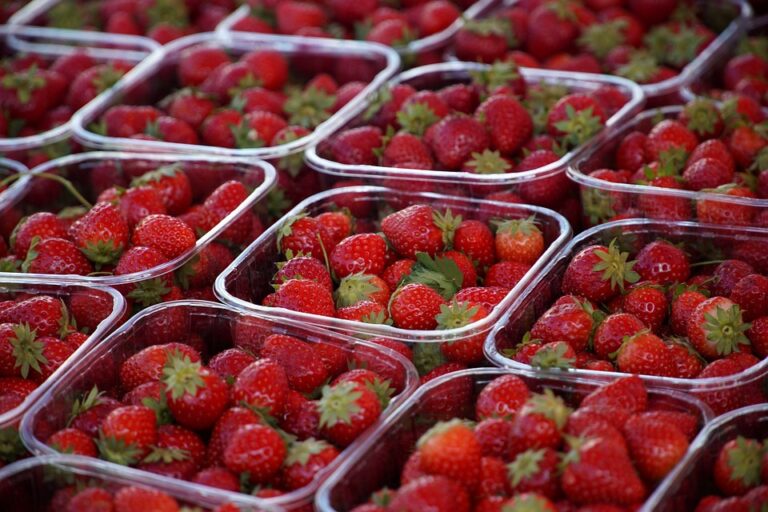The Importance of Self-Sufficiency in Russian Villages
In recent years, there has been a growing movement towards self-sufficiency in Russia, particularly in its rural villages. This trend is fueled by a desire to lessen dependence on imported goods and to promote locally grown produce. From farm to table, Russian villages are rediscovering the benefits of being self-reliant.
Historical Context
Historically, Russian villages have always been self-sufficient to a certain extent. Prior to the industrialization of agriculture during the Soviet era, most villages grew their own crops, raised livestock, and preserved food for the winter months. However, with the rise of collective farming and the centralization of food production, many of these traditional practices were lost.
In recent years, there has been a revival of interest in sustainable farming practices and a return to the principles of self-sufficiency in Russian villages. This movement has been driven by a number of factors, including concerns about food security, environmental sustainability, and the desire to preserve traditional culture and knowledge.
Challenges and Opportunities
Despite the benefits of self-sufficiency, there are challenges that must be overcome in order to achieve it. Many Russian villages face depopulation, aging populations, and a lack of infrastructure to support sustainable agriculture. In addition, there is a need for education and training in modern farming techniques and marketing strategies.
However, there are also opportunities for growth and development. The Russian government has introduced a number of programs to support small-scale farmers and promote sustainable agriculture. In addition, there is a growing interest in organic farming and agro-tourism, which can provide additional income for rural communities.
From Farm to Table
One of the key aspects of self-sufficiency in Russian villages is the concept of “from farm to table”. This means that villagers are encouraged to grow their own food, raise their own livestock, and produce their own goods, all within their local community. This approach has a number of benefits, including:
– Fresher and more nutritious food: By growing their own produce, villagers can ensure that they are eating fresh, organic food that is free from pesticides and other harmful chemicals.
– Economic sustainability: By producing their own food and goods, villagers can save money on groceries and other household expenses. In addition, they can sell their excess produce at local markets, providing additional income for the community.
– Environmental sustainability: By promoting local food production, villagers can reduce their carbon footprint and support biodiversity in their region. In addition, they can reduce food waste by preserving and sharing their surplus produce.
Overall, the movement towards self-sufficiency in Russian villages represents a return to traditional values and practices that have been lost in recent decades. By promoting self-reliance, local autonomy, and sustainable agriculture, Russian villages can create a more resilient and vibrant community for future generations to enjoy.





